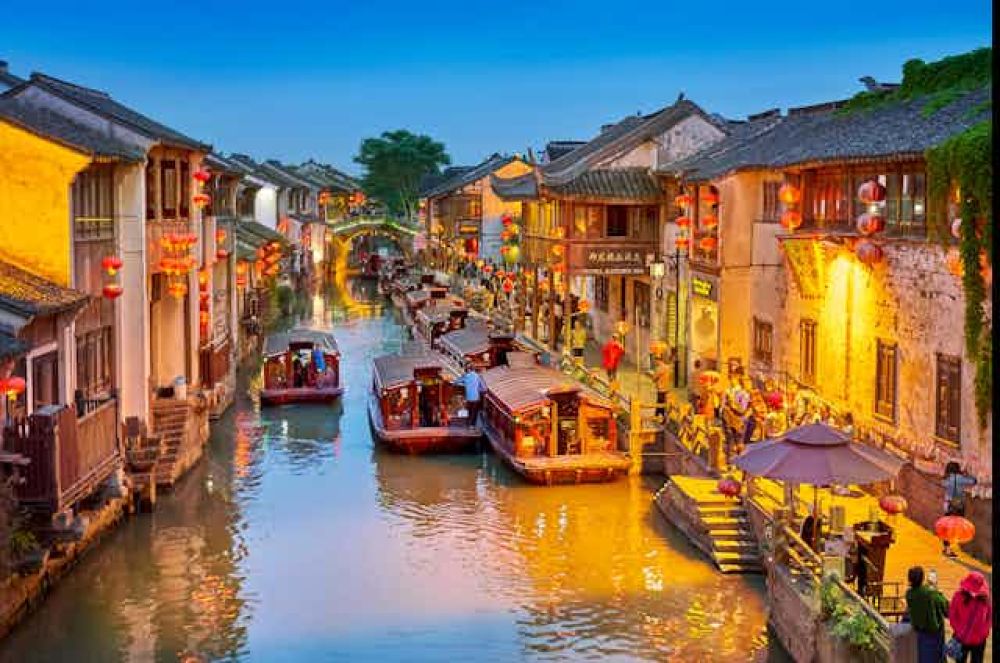

Suzhou, often referred to as the "Venice of the East," has a rich tourism history that dates back to as early as the 4th century BC. During the Spring and Autumn period, Suzhou was known as Wu and was recognized for its strategic location and significance in silk production.
The Ming and Qing Dynasties marked a significant chapter in Suzhou's tourism history. The city flourished as a cultural and economic hub found favor among scholars, artists, and the elite. It was during this time that many of Suzhou's famous classical gardens were constructed, creating serene landscapes that harmoniously blend art, nature, and architecture.
The Grand Canal, a vital trade link connecting the north and south of China, also played an essential role in Suzhou's prosperity. Merchants, dignitaries, and travellers would use this channel, bringing wealth and cultural exchange to the city. This influx of visitors and wealth set the stage for Suzhou's popularity as a tourist destination.
Suzhou's tourism industry gained international recognition when several of its gardens were inscribed as UNESCO World Heritage Sites in 1997 and 2000. This inclusion highlighted the city's significant contribution to Chinese garden design and cultural history. Tourists from all over the world now come to Suzhou to witness the refined beauty and intricate design of gardens such as The Humble Administrator's Garden and The Lingering Garden.
The preservation and revitalization of Suzhou's Old Town has attracted a substantial number of visitors. The area's ancient streets, bridges, and waterways tell stories of the past while hosting modern amenities and shops that cater to tourists' needs.
In recent years, Suzhou has invested considerably in modern infrastructure, catering to the more significant needs and comfort of its visitors. The high-speed train connections and improved public transport have made the city more accessible, both domestically and internationally.
The latest trend in Suzhou tourism sees a fusion of traditional experiences with modern technology. Virtual reality (VR) tours of historical sites and augmented reality (AR) guides now provide multi-dimensional ways for tourists to engage with Suzhuo's history and culture.
Eco-tourism is also on the rise, with initiatives in place to protect the city's delicate waterways and gardens while providing enriching natural experiences for visitors. Tourists are looking for sustainable travel options, and Suzhou is responding with eco-friendly accommodations and practices.
Experiential tourism is growing, with travellers seeking more than just sightseeing. Activities like silk embroidery workshops, tea picking experiences, and traditional Kunqu opera performances offer deep cultural immersion.
Through dedication to preserving its majestic history and embracing modern tourism trends, Suzhou continues to enchant visitors from around the globe, solidifying its status as a jewel in the crown of Chinese cultural and historical tourism.